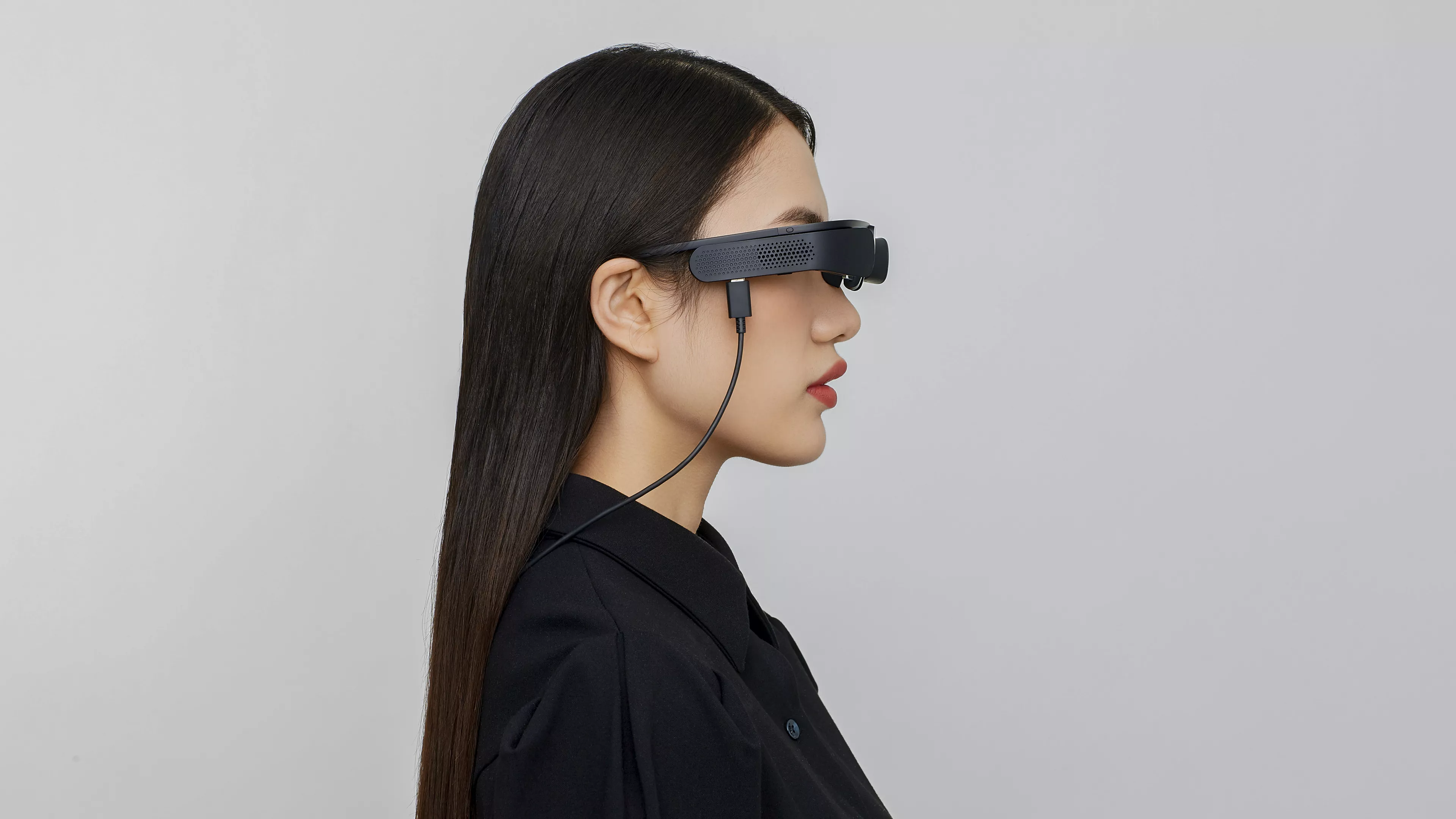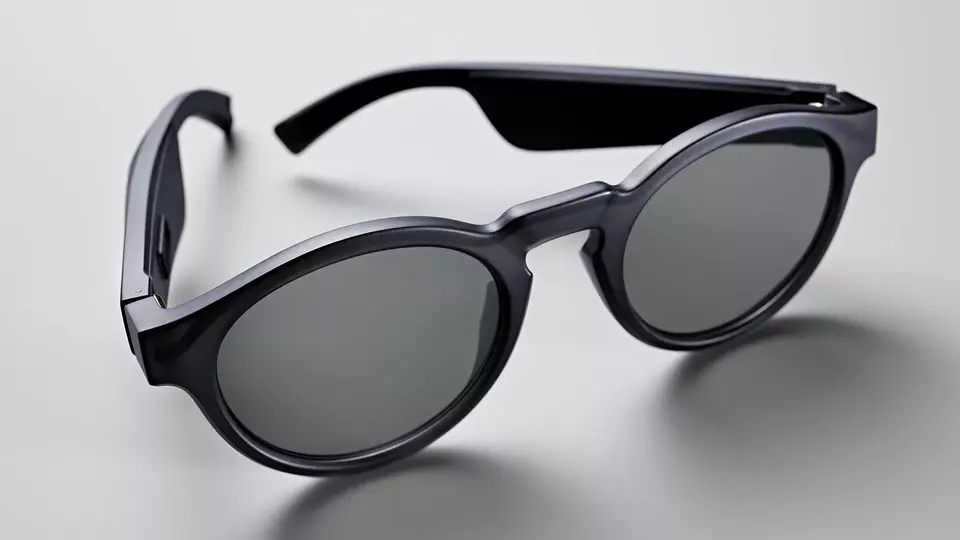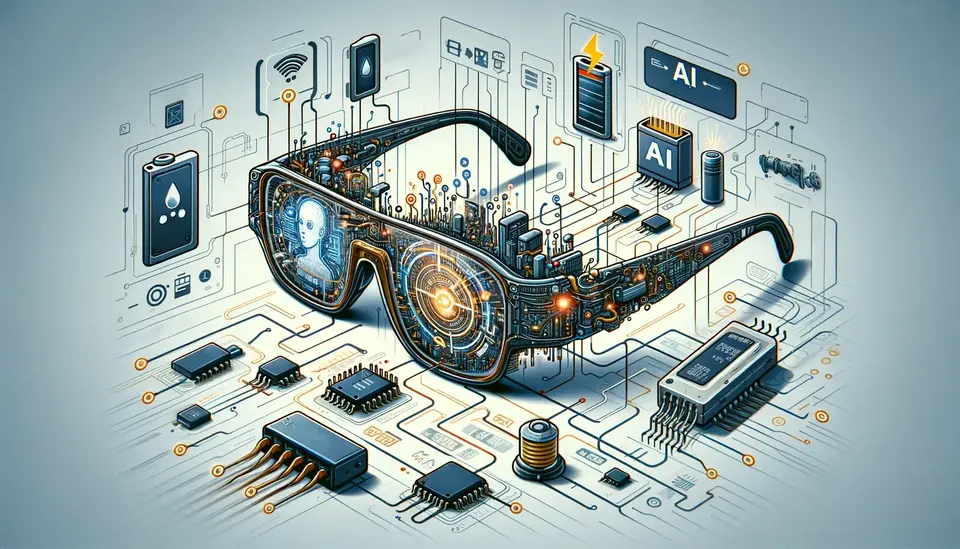What are the challenges of Smart Glasses?
Posted on May 13, 2023 5 minutes 997 words
Table of contents
As smart glasses continue to gain traction and attract attention for their potential to revolutionize the way we interact with technology, it is crucial to examine the challenges associated with their development, adoption, and use. In this extensive blog post, we will delve into the technical, user experience, and social and ethical challenges that must be addressed in order to harness the full potential of smart glasses.
Technical Challenges
As we explore the potential of smart glasses, various technical challenges must be addressed to ensure these devices are both functional and efficient. In this section, we will discuss the obstacles related to battery life, display technology, connectivity, and processing power that developers must overcome to make smart glasses a viable technological advancement.
Battery Life
The constant need for power is a significant hurdle for smart glasses. As these devices become more feature-rich, they require more energy to function efficiently. However, current battery technologies can be bulky and may not provide the necessary power to support prolonged use. Researchers and developers must focus on creating more compact, energy-dense batteries that offer extended battery life without compromising on device weight or size.
Display Technology
A critical component of smart glasses is their ability to project high-resolution images onto transparent displays. Achieving this goal requires overcoming several challenges, including balancing image clarity with transparency and creating lightweight displays that don’t obstruct the user’s vision. As display technology evolves, we can expect to see improvements in these areas, but further research and development are needed to perfect this aspect of smart glasses.
Performance and Processing Power
Smart glasses require powerful processors to handle complex tasks and deliver a smooth user experience. The challenge lies in finding a balance between processing power, energy efficiency, and size. As technology advances, we can expect to see more compact processors capable of meeting these requirements.

Connectivity
Seamless connectivity is essential for smart glasses to function effectively, as users will rely on them to access information, communicate, and interact with the world. Ensuring robust Wi-Fi, Bluetooth, and 5G connectivity in a compact form factor presents a challenge that must be addressed to provide the best possible user experience.
User Experience and Interface Design
Creating a seamless, enjoyable experience for smart glasses users is paramount to their success. This section delves into the essential aspects of user experience and interface design, focusing on comfort and ergonomics, intuitive controls, privacy concerns, and accessibility. By addressing these issues, developers can create devices that cater to the diverse needs of users and encourage widespread adoption.
Comfort and Ergonomics
For smart glasses to gain widespread adoption, they must be comfortable to wear for extended periods. This means focusing on lightweight, ergonomic designs that are customizable to individual users. Achieving this level of comfort while still incorporating the necessary technology remains a challenge.
Intuitive Controls
Smart glasses must offer user-friendly, intuitive controls that allow users to interact with the device effortlessly. This includes developing new input methods, such as voice commands, gesture recognition, and touch-sensitive surfaces, that complement the user’s experience without being intrusive or cumbersome.
Accessibility
Smart glasses hold potential for improving accessibility, but developers must ensure their devices cater to users with diverse needs, including those with disabilities. Incorporating features such as adjustable text size, audio descriptions, and compatibility with assistive technologies is essential for creating inclusive smart glasses.
Privacy Concerns
As smart glasses become more capable, concerns about privacy and data security arise. Developers must address these concerns by implementing robust security measures and being transparent about data collection practices. Users should have control over the data their smart glasses collect and how it is used.
Social and Ethical Challenges
The rise of smart glasses brings with it a range of social and ethical challenges that must be addressed to ensure the technology is embraced responsibly. In this section, we will explore issues related to public perception, the digital divide, ethical use of augmented reality, and the need for regulation and policy. By examining these challenges, we can work towards a more inclusive and ethical future for smart glasses and their users.
Public Perception
The stigma surrounding wearable technology, along with privacy concerns, may hinder the widespread adoption of smart glasses. Educating the public about the benefits of smart glasses, addressing privacy concerns, and promoting positive use cases can help overcome these barriers.
Digital Divide
The rise of smart glasses has the potential to widen the digital divide, as not everyone will have access to this advanced technology. Developers, policymakers, and community leaders must work together to ensure that smart glasses are accessible and affordable to all users, regardless of their socioeconomic status.
Ethical Use of Augmented Reality
Smart glasses enable augmented reality experiences, which can be misused to spread misinformation or create deepfakes. It’s crucial to establish guidelines for ethical content creation and distribution, as well as implement content moderation systems that prevent the spread of malicious or misleading information. Developers and policymakers must collaborate to create a framework that ensures augmented reality experiences are used responsibly and ethically.
Regulation and Policy
As smart glasses become more prevalent, clear regulations and policies governing their use and related technologies are essential to address potential misuse, privacy concerns, and safety issues. Policymakers must work closely with industry leaders, researchers, and other stakeholders to develop comprehensive guidelines that protect user rights while fostering innovation.

Conclusion
Smart glasses have the potential to transform the way we interact with technology and the world around us. However, the successful development and adoption of these devices hinge on overcoming various technical, user experience, and social and ethical challenges. By addressing these obstacles head-on, we can unlock the full potential of smart glasses and pave the way for a more connected and immersive future. As we forge ahead, it’s essential to focus on fostering innovation while remaining mindful of the potential risks and ensuring that the benefits of smart glasses are accessible to all.








